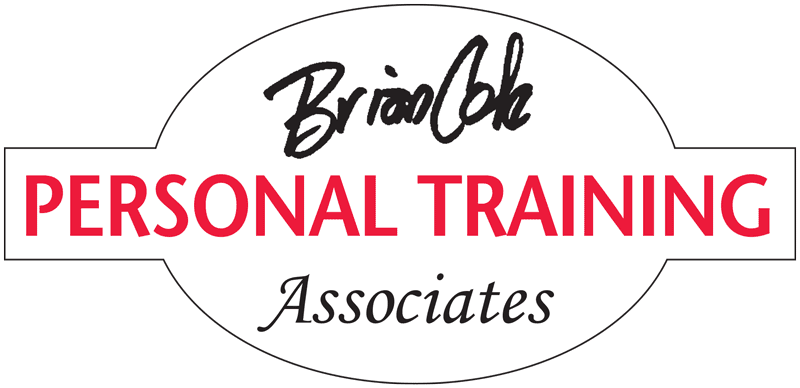Pain, which can be severe, on the outer side of the elbow. Its name comes from the forces generated when a tennis player hits a backhand. Before the two-hand backhand became so popular, that is. Using two hands reduces the focus of impact and is why no cases are reported by players using this style. Today, according to the National Institute of Health (NIH), fewer than 5 percent of the cases diagnosed actually are a result of tennis. But the name persists with the general public.
Those of us who have careers relating to anatomy, physiology, kinesiology have for years identified the condition as lateral epicondylitis. But it’s not that either. The suffix “itis” indicates inflammation, which is only present in the earliest stage. That is why, as many frustrated folks can confirm, ice and anti-inflammatory drugs (NSAIDs) are not effective in relieving pain or discomfort. It IS lateral epicondylosis—this suffix meaning an abnormal condition.
OK, it’s not caused by tennis. Inflammation isn’t the problem, so why is the diagnosis increasingly common? Many reports indicate it is now the most often diagnosed joint condition. It’s a 21st Century problem of repetitive stress. A degenerative condition of microscopic tearing of tissues, the formation of scar tissue to address that tearing and the breakdown of collagen within the joint. Caused by? Let’s start calling it what it is: Keyboarding Elbow. (I think “Mouse Elbow” is a catchier name but we’ve already misnamed it enough.)
Computer keyboards are now so widely used in all professions and at home that this once rarely diagnosed condition is now one of the most reported. It is most reported by people of both genders between the ages of 30 and 50 or when most are in maximum productivity at work.
Degenerative, repetitive stress, tissues tearing, scar tissue forming, collagen breakdown…it all sounds rather negative. What can be done to relieve or reverse it? After considering and ruling out the possible nerve involvement caused by neck arthritis or the possibility of bursa damage in the elbow joint which would be treated with ultrasound, there are steps that have the potential to help over time. Forearm support straps, which reduce the stresses on the affected area, eccentric loading exercises, strengthening wrist and finger extensors, addressing rear deltoid (shoulder) weakness, Theraband/Flexbar and other specific strengthening techniques are all used in my profession. But there are additional therapeutic modalities offered by physical therapists (Mill’s manipulations, Cyriax therapy…) that will be more comprehensive and are often covered by your health insurance.
Now, I’ll close with some good news: this is just one more example of our body’s potential to heal itself if we provide the natural environment allowing it to do so. Unfortunately in this case that natural environment is to eliminate the activities that cause the overuse and pain. Because those activities are primarily work related, eliminating them isn’t a realistic option. The best alternative is to do the exercises that at least reduce some of the stresses of those activities, be patient, do not get discouraged and know this condition is not likely to be permanent.
Almost 90 percent of these cases will heal and recover within a year.
I’m writing this in September but you’re reading it in November. Thanksgiving month. So Be Thankful. Many people are dealing with health issues that don’t offer this. Enjoy your holiday!

